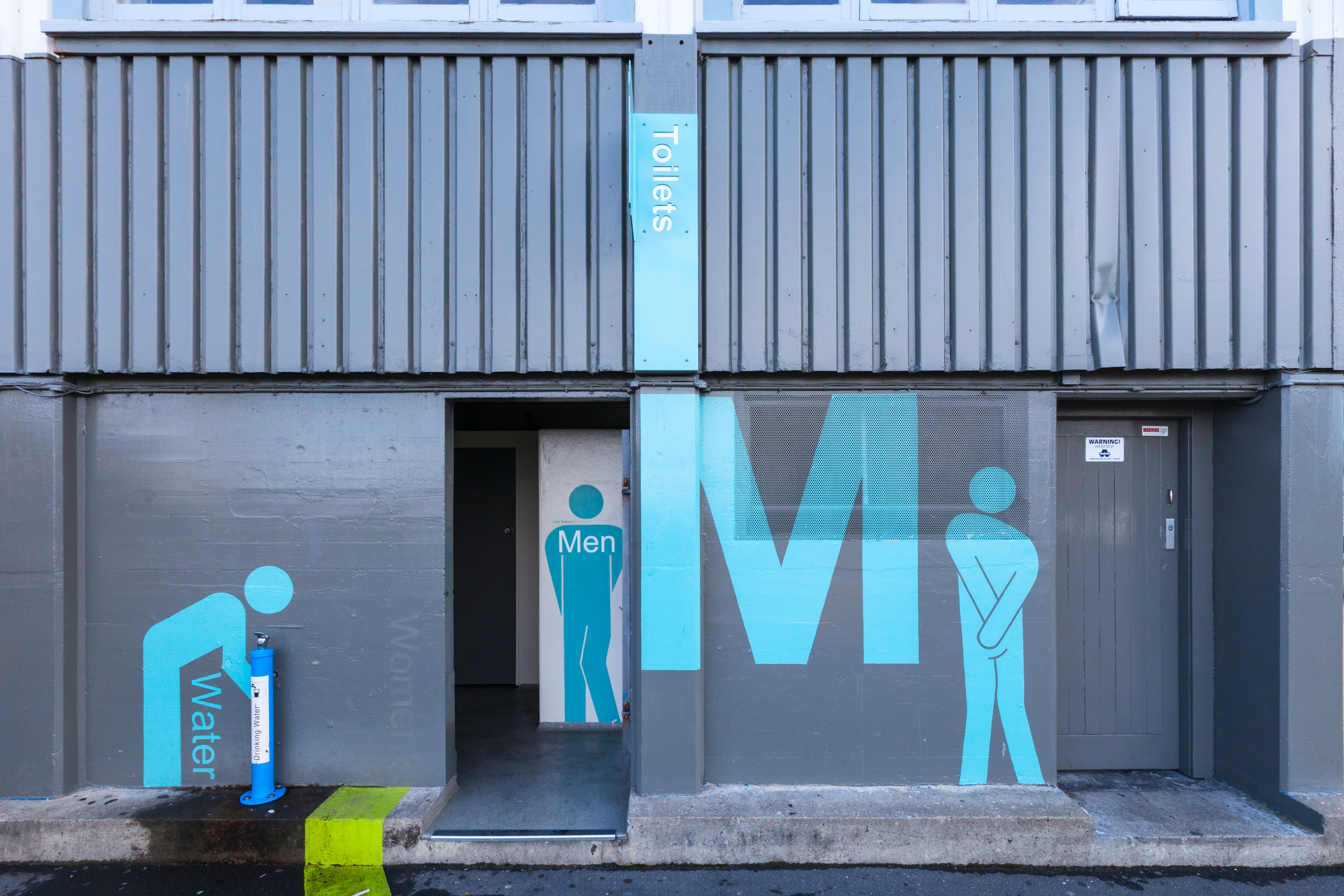
 Main Menu
Main Menu
There are colours all around us that make up the world as we know it. They can act as powerful communication tools to signal action; a traffic light will tell us when to stop and when to go. The absence of colour can even act as a signal for us to start getting ready for bed. But have you ever considered how colours can influence physiological reactions and mood? We did a little digging, so that you don’t have to.
First up, what is colour psychology?
Colour psychology is a fascinating and complex topic that has been studied by psychologists, artists, designers and marketers for years. It’s based on the emotional and mental effects that colours have on us in all areas of life.
Red, orange and yellow are in the red area of the colour spectrum and can incite feelings like anger and hostility. Blue, purple and green are on the blue side of the spectrum, often described as calming, evoking feelings of sadness and indifference. A 2020 study surveyed 4,598 people from 30 different countries and found that there are many similarities with how people associate colours with specific emotions. According to the study results:
The researchers concluded that the results had universal qualities, suggesting that colour plays a powerful role in aiding communication. Need more convincing? Dr. Robert Gerard has recognised that colour, as part of the electromagnetic spectrum, actually has its own magnetic frequency that can affect neurological pathways in the brain and creates biochemical responses. Each colour has its own specific wavelength that creates different responses in our brain. So, how is this related to learning? Let’s dive right in.
Colour and learning
Because colour can affect our emotions, mood and attention, when used strategically it can have an impact on learning and memory retention. What colours can create positive environments that foster learning and creativity? What may be distracting to students?
Blue: Productivity
When challenging tasks that require a high cognitive load are being carried out, try incorporating blue into learning environments. Blue promotes high levels of thought and productivity but (and there is a but!) too much blue can create a sense of coldness and detachment. Experts suggest balancing blue with warmer colours, like orange or red, to highlight key information.
Learning situations that are more intellectual than others can be benefit from using blue. Instead of black pens, or yellow highlighters - opt for blue. This can aid memory and improve reading comprehension. In general, blue can often incite feelings of calmness and relaxation, but lighter shades can feel more friendly, while darker shades can feel more solemn.
Green: Concentration
I’m sure we can all relate to the feeling of relaxation that we feel when we’re among nature. Being a low wavelength colour, green promotes restfulness and calmness, improving focus and efficiency.
If you’re wanting to create an environment that fosters long-term concentration and clarity, opt for green. In fact, glancing at a green roof for even 40 seconds boosts concentration. The study led by Dr Kate Lee saw 150 university students given a boring task that required high concentration, they were instructed to press a key as a series of numbers continuously flashed on their screen. They were given a break midway through the exercise, where half the group viewed a bare concrete roof while the other half viewed a green roof. After the break, students who viewed the roof adorned with greenery made much fewer errors and displayed better concentration. Dr Lee concluded that viewing greenery can be a restorative experience that boosted mental performance.
Orange: Mood Lifter
Ready to motivate students to get things done? Orange will often act as a welcoming colour that heightens mood, encouraging feelings of comfort and neural functioning.
Experts in colour psychology will tell you that an environment that uses orange can actually increase the oxygen supply to the brain, stimulating mental activity and easing inhibitions. High schools may use orange in exam conditions to stimulate students, but it’s been said that primary schools with young energetic learners mightn't benefit from too much bold orange as it may cause overstimulation.
As we’ve explored earlier in the blog, orange can be a good colour to use in contrast with blue or green to highlight key statements and facts. Given its boldness and vibrancy, it’s best to use in moderation to contrast, capture attention and promote better memory.
Whether it a change big or small, colour plays a huge role in human experience and influencing actions. Trying to get your students to drink more water? Or find a drinking fountain that seamlessly incorporates with a certain environment? Mountain Fresh offer colour wraps that can make your fountain stand out.. or blend in. To discuss colour and model options, contact Mel or view our full range of drinking fountains by clicking here.
